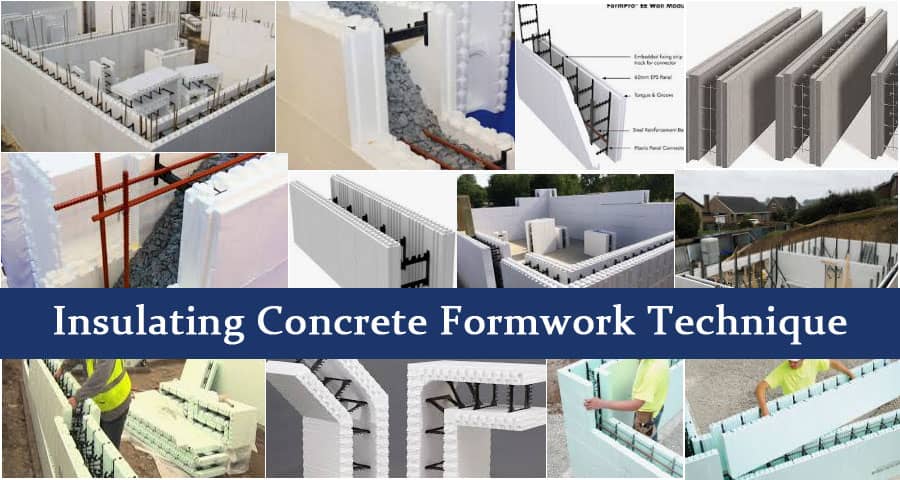Mastering Insulating Concrete Formwork (ICF) Technique for Superior Construction

In the realm of modern construction, the Insulating Concrete Formwork (ICF) technique stands out as a revolutionary method, offering unparalleled benefits in terms of structural integrity, energy efficiency, and environmental sustainability. Embraced by architects, engineers, and builders worldwide, ICF represents a paradigm shift in construction practices, elevating standards and redefining the possibilities in architectural design and construction.
Understanding Insulating Concrete Formwork (ICF)
Insulating Concrete Formwork (ICF) is a cutting-edge construction technique that involves the use of interlocking modular units made of expanded polystyrene (EPS) or other insulating materials. These forms are stacked to create walls, which are then filled with reinforced concrete. The result is a monolithic structure with exceptional strength, durability, and insulation properties.
Advantages of ICF Technique
- Enhanced Energy Efficiency: One of the most significant advantages of the ICF technique is its superior energy efficiency. The combination of high-quality insulation and thermal mass provided by the concrete core results in buildings that require significantly less energy for heating and cooling. This not only reduces utility costs for occupants but also contributes to a greener, more sustainable environment.
- Exceptional Structural Strength: ICF structures boast exceptional structural strength and resilience. The reinforced concrete core, encased within insulating foam, creates walls that are highly resistant to extreme weather conditions, seismic activity, and fire. This makes ICF buildings a preferred choice for areas prone to hurricanes, earthquakes, and wildfires.
- Sound Insulation: In addition to thermal insulation, ICF walls offer superior sound insulation properties, providing occupants with a quiet and peaceful indoor environment. This is particularly beneficial in urban settings or areas with high levels of ambient noise, ensuring a comfortable living or working space.
- Speed of Construction: Despite its advanced technology, the ICF technique offers speedy construction compared to traditional methods. The modular nature of the forms allows for rapid assembly, reducing construction time and labor costs. This efficiency makes ICF an attractive option for projects with tight deadlines or budget constraints.
Application of ICF Technique
- Residential Construction: ICF has gained popularity in the residential construction sector, offering homeowners a durable, energy-efficient, and environmentally friendly alternative to traditional wood-frame construction. From single-family homes to multi-unit dwellings, ICF technology provides architects and builders with limitless design possibilities and unmatched performance.
- Commercial and Institutional Buildings: The versatility and performance of the ICF technique make it well-suited for a wide range of commercial and institutional buildings, including schools, hospitals, offices, and retail centers. These structures benefit from the durability, energy efficiency, and low maintenance requirements of ICF construction, ensuring long-term sustainability and cost savings.
- Industrial Applications: In the industrial sector, ICF technology offers unique advantages for warehouses, manufacturing facilities, and distribution centers. The strength and resilience of ICF walls provide robust protection against harsh environmental conditions, while the energy-efficient properties contribute to lower operating costs and improved productivity.
Conclusion
In conclusion, the Insulating Concrete Formwork (ICF) technique represents a transformative approach to construction, delivering unparalleled benefits in terms of energy efficiency, structural integrity, and environmental sustainability. By embracing ICF technology, architects, engineers, and builders can create buildings that not only meet the highest standards of performance but also contribute to a greener and more resilient built environment.
